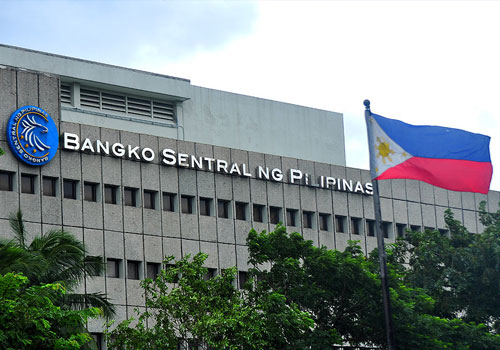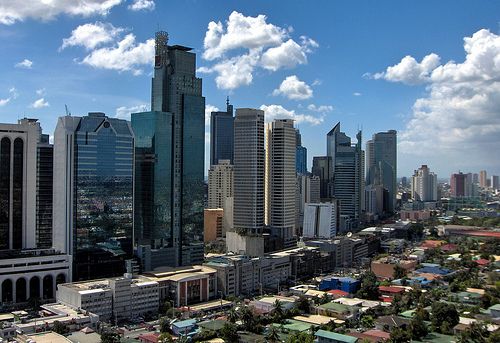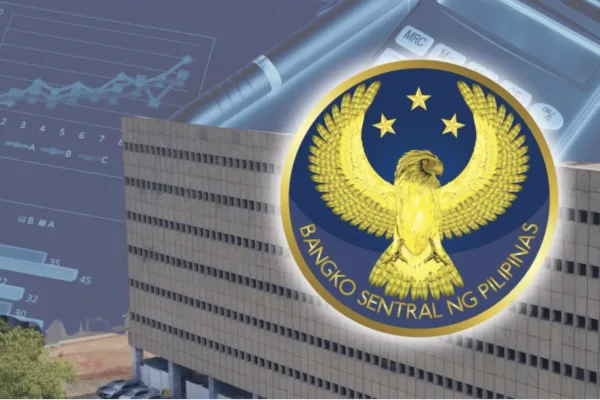The Bangko Sentral ng Pilipinas (BSP) has opted for a steady hand, maintaining its key policy rate at 5.75 percent during its recent monetary policy meeting.

This decision reflects a careful balancing act, as the central bank navigates the complexities of a robust domestic economy while also keeping a watchful eye on global headwinds and potential inflationary pressures this year.
While the Philippine economy continues to demonstrate resilience, the BSP acknowledges the rising tide of global economic uncertainty. This cautious approach underscores the central bank’s commitment to price stability, a crucial foundation for sustainable economic growth and job creation.
The rates on the overnight deposit and lending facilities also remain unchanged, at 5.25 percent and 6.25 percent, respectively.
BSP’s inflation forecasts: A picture of relative stability

The BSP’s latest inflation forecasts paint a picture of relative stability, with projections largely unchanged from December’s assessments.
For 2025, the risk-adjusted inflation forecast saw a slight uptick to 3.5 percent from the previous 3.4 percent, while the 2026 forecast remains steady at 3.7 percent. Importantly, inflation expectations continue to fall within the BSP’s target range, signaling confidence in the central bank’s ability to manage price pressures.
However, the BSP isn’t taking anything for granted. While the risks to the inflation outlook are now considered broadly balanced for both 2025 and 2026, potential upside pressures remain a concern.
The utilities sector, in particular, is identified as a potential source of inflationary pressure, requiring close monitoring. Conversely, the continued impact of lower import tariffs on rice provides a key downside risk, potentially helping to keep food prices in check.
The BSP’s decision to hold the policy rate steady reflects a prudent approach in the face of these competing forces.
While domestic growth prospects remain firm, the central bank recognizes the heightened uncertainty surrounding global economic policies and their potential impact on the Philippine economy. This uncertainty stems from a multitude of factors, including geopolitical tensions, fluctuating commodity prices, and the potential for further disruptions to global supply chains.
The BSP’s measured approach

The BSP’s measured approach underscores its data-dependent strategy. Before considering any further adjustments to the policy interest rate, the Monetary Board deems it essential to thoroughly assess the evolving global landscape and the potential ramifications for the domestic economy.
This careful calibration allows the central bank to respond effectively to emerging challenges while maintaining its focus on price stability. It can be recalled that in December 2024, the Philippine economy experienced a minor setback in its balance of payments (BOP), recording a deficit of US$1.5 billion — a major reversal from the surplus of US$642 million observed in the same month of the previous year.
Looking ahead, the BSP anticipates a gradual shift towards less restrictive monetary policy settings. This measured approach acknowledges the lag effect of previous policy adjustments, allowing them to fully permeate the economy before further action is taken. The central bank remains committed to a data-driven approach, carefully analyzing a wide range of economic indicators to inform its decisions.
The BSP’s commitment to price stability is paramount. By maintaining a stable price environment, the central bank aims to foster a climate conducive to sustainable economic growth. This stability provides businesses with the confidence to invest and expand, creating jobs and opportunities for Filipinos. Furthermore, it safeguards the purchasing power of consumers, ensuring that they can maintain their living standards.
The central bank’s current stance reflects a delicate balancing act and it must carefully weigh the need to support economic growth against the risk of rising inflation. By maintaining a steady course and remaining data-dependent, the BSP aims to navigate these challenges effectively, ensuring a stable and prosperous future for the Philippine economy.
This careful management is crucial for maintaining investor confidence and ensuring that the Philippines remains an attractive destination for foreign investment. The BSP’s commitment to transparency and its proactive approach to communication will be essential in maintaining public trust and confidence in its policies.







